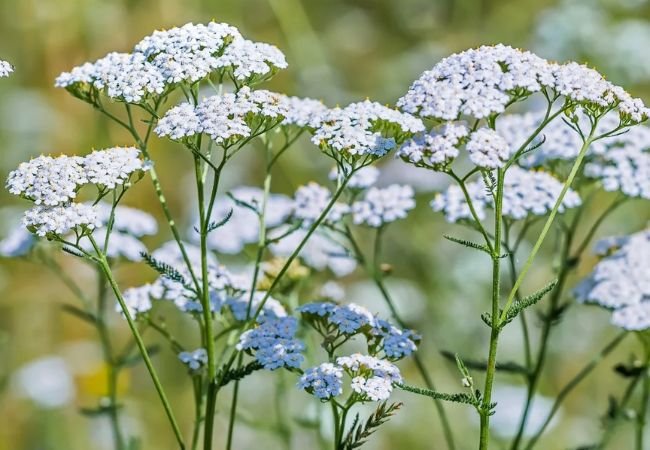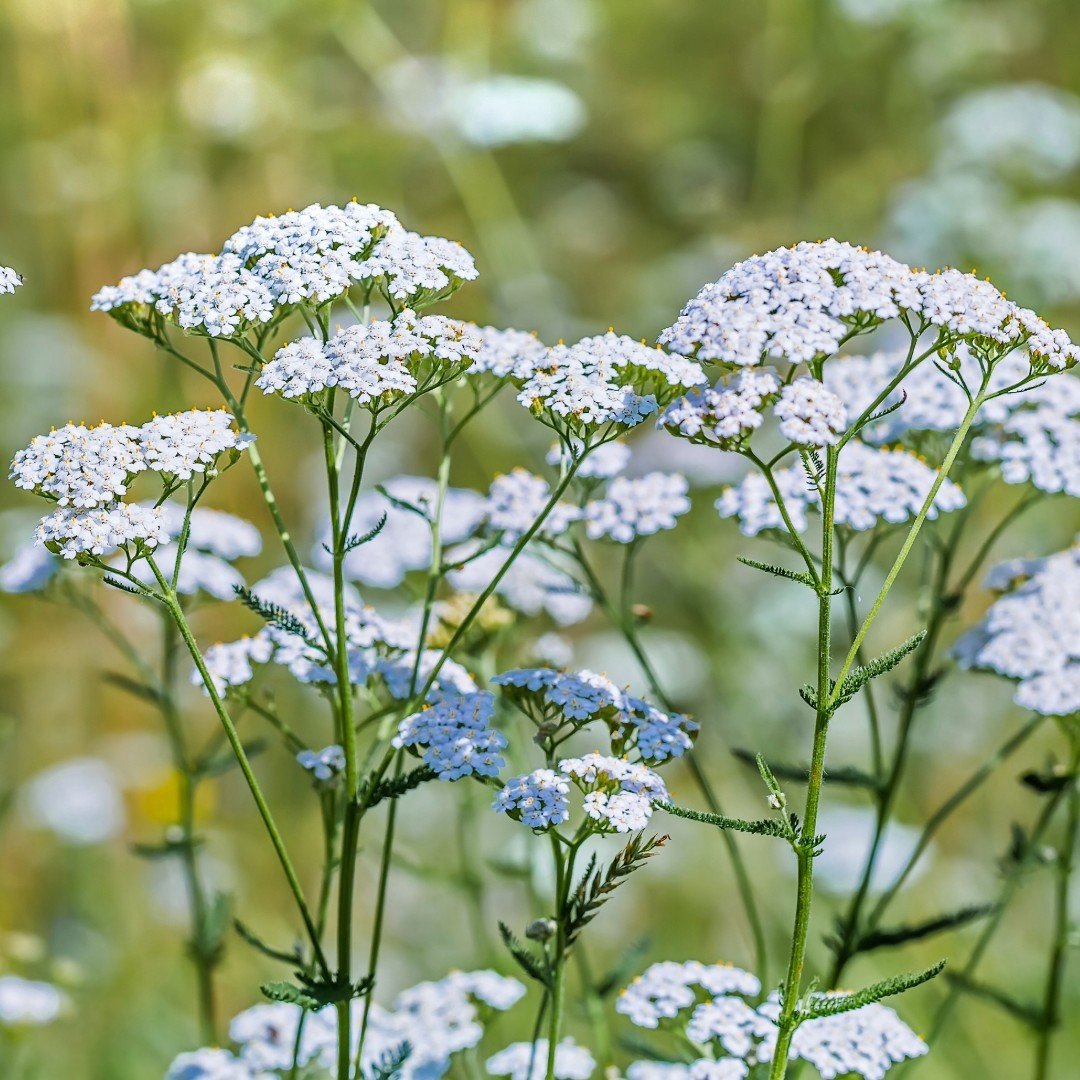Discover how to grow and care for yarrow (Achillea millefolium) with 10 years of gardening expertise. Explore varieties, benefits, and personal tips to thrive in your USA garden.
I’ll never forget the first time I planted yarrow in my garden. It was a scraggly little Achillea millefolium seedling I’d picked up on a whim, and honestly, I didn’t expect much. But within months, it exploded into a cloud of delicate white flowers, thriving even when my other plants wilted in the summer heat. Ten years later, yarrow remains one of my go-to perennials for its toughness, beauty, and ecological benefits. Let me share everything I’ve learned about this incredible plant.
Here’s an information chart for Achillea flowers, commonly known as Yarrow:
| Aspect | Details |
|---|---|
| Botanical Name | Achillea millefolium |
| Common Name | Yarrow |
| Plant Type | Perennial |
| Hardiness Zone | Zones 3-9 |
| Sun Exposure | Full sun |
| Soil Type | Well-drained, sandy or loamy |
| Watering | Low to moderate |
| Growth Habit | Clumping, upright |
| Height/Spread | 1-3 feet tall, 1-2 feet wide |
| Special Features | Flat-topped clusters of tiny flowers in various colors (white, yellow, pink, red); aromatic, fern-like foliage; attracts pollinators; drought-tolerant; medicinal uses in herbalism |
What Is Yarrow (Achillea Millefolium)?
Yarrow, scientifically known as Achillea millefolium, is a hardy perennial native to temperate regions of the Northern Hemisphere. Its feathery, fern-like leaves and flat-topped clusters of tiny flowers (in shades of white, yellow, pink, or red) make it a standout in any garden. Historically, yarrow was used by Achilles to treat soldiers’ wounds—hence its genus name—and it’s still prized today for its medicinal properties.
Why Grow Yarrow in Your Garden?
Here’s why yarrow deserves a spot in your garden:
- Drought-resistant: Yarrow thrives in poor soil and needs minimal watering once established.
- Pollinator magnet: Butterflies, bees, and beneficial insects adore its nectar-rich blooms.
- Medicinal uses: Its leaves and flowers can be made into teas or salves for minor cuts.
- Versatile beauty: From ground covers to cut flowers, yarrow suits many garden styles.
A few summers ago, during a brutal drought here in Colorado, my yarrow patch was the only area that stayed vibrant without extra watering. Talk about a low-maintenance hero!
How to Grow Yarrow from Seedlings or Seeds
Starting from Seedlings
If you’re new to gardening, begin with Achillea millefolium seedlings from a nursery. Plant them in well-draining soil with full sun (6+ hours daily). Space them 1–2 feet apart—they’ll spread!
Growing from Seeds
Yarrow seeds need light to germinate. Scatter them on soil in early spring, press gently, and keep moist. In my experience, seedlings emerge in 14–21 days. Pro tip: Soak seeds overnight to speed up germination.
Popular Yarrow Plant Varieties to Try
When it comes to types of yarrow, there’s more than the classic white species. Here are my favorites:
- ‘Moonshine’: Lemon-yellow blooms and silvery foliage (drought-tolerant!).
- ‘Paprika’: Fiery red flowers that fade to pink—stunning in bouquets.
- ‘Strawberry Seduction’: Vibrant pink clusters with a compact growth habit.
Check out my guide to drought-resistant plants for more hardy picks.
Caring for Your Yarrow Plants
- Watering: Only during extreme dry spells. Overwatering causes root rot.
- Pruning: Deadhead spent blooms to encourage reblooming. Cut back to 6” in fall.
- Dividing: Every 3–4 years in spring to prevent overcrowding.
I once neglected my yarrow for two years (oops!), and it still came back stronger. That’s resilience!
Common Yarrow Problems (and Solutions)
| Issue | Solution |
|---|---|
| Powdery mildew | Improve air circulation; avoid overhead watering |
| Aphids | Spray with water or introduce ladybugs |
| Leggy growth | Move to a sunnier spot or divide plants |
For more pest tips, see my organic garden pest control guide.
Using Yarrow: From Garden to Home
- Medicinal: Dry flowers for tea (steep 1 tsp in hot water for 10 mins) to soothe colds.
- Decor: Pair dried yarrow with lavender for rustic arrangements.
- Companion planting: Yarrow boosts nearby herbs’ essential oils. Try it near rosemary or thyme.
FAQs About Yarrow
Is yarrow invasive?
While it spreads readily, it’s easy to control by dividing clumps or planting in containers.
Can yarrow grow in shade?
It prefers full sun but tolerates partial shade (expect fewer blooms).
Is yarrow safe for pets?
In small amounts, yes, but large quantities may upset stomachs.
Final Thoughts
Whether you’re drawn to yarrow for its Achillea millefolium flower charm, ecological benefits, or herbal uses, this plant is a garden workhorse. For more tips, explore my herbal garden guide or how to divide perennials.



2 thoughts on “The Yarrow Plant (Achillea Millefolium): A Gardener’s Guide”